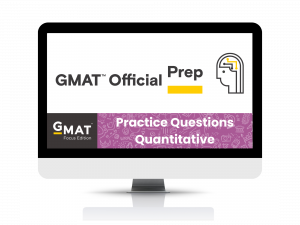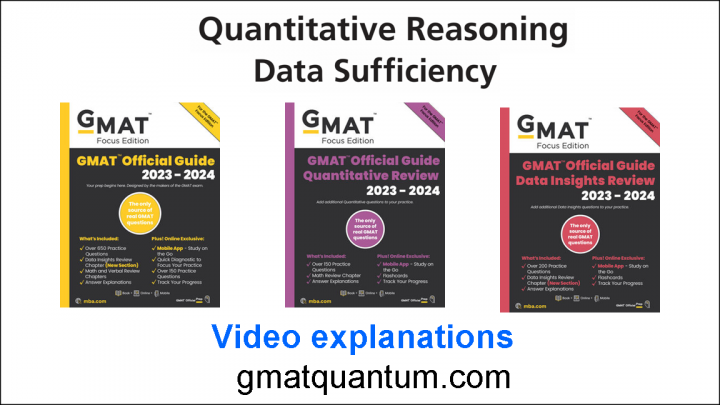Try the following GMAT Problem Solving question on finding the maximum value of a quadratic algebraic expression.
Question 62:
For any real value of $x$ the maximum value of $8x-3x^2$ is:
-
$\quad 0$
-
$\quad \dfrac{8}{3}$
-
$\quad 4$
-
$\quad 5$
-
$\quad \dfrac{16}{3}$

